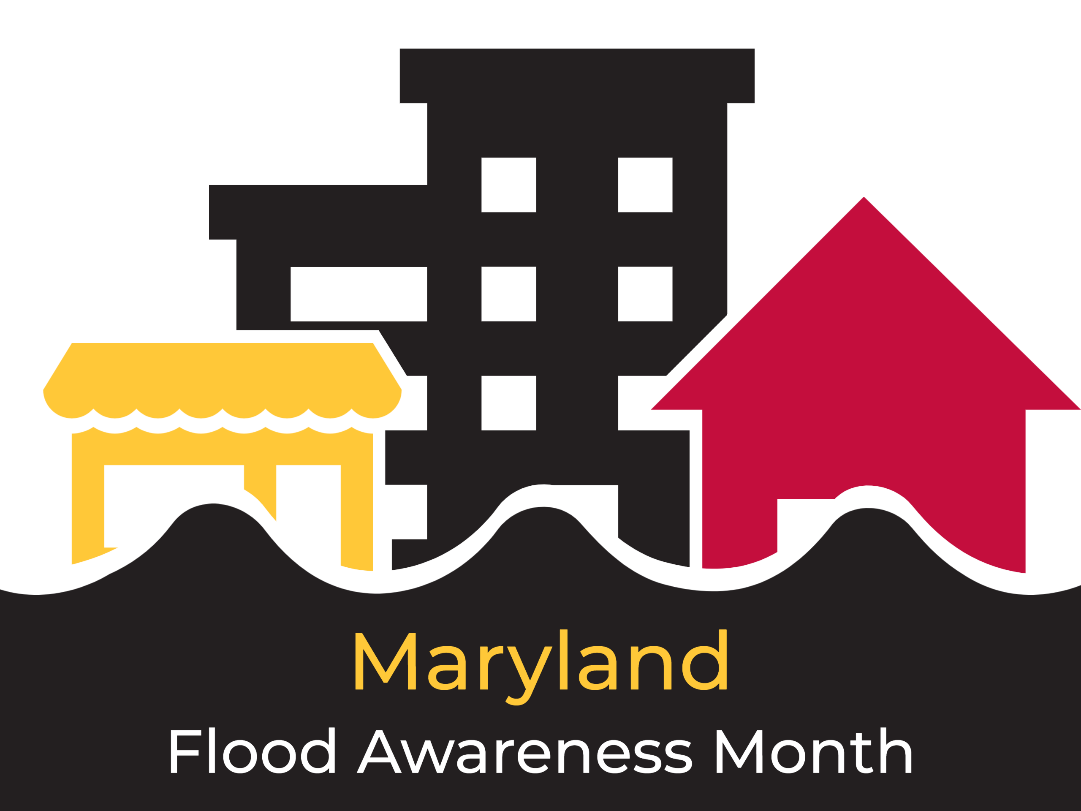Flooding

Online Resources
More information about preparing for floods can be found through the following links:
- National Flood Insurance Program
- Floodplain Management
- Flood Hazard Mapping
- Flood Insurance
- Ready.gov/floods
Find out if you live, work, or travel through areas that are prone to flooding.
- FEMA creates flood maps , known as Flood Insurance Rate Maps (FIRMs), to show the locations of high and moderate risk areas.
- To check your flood risk, look up your address in the FEMA Flood Map Service Center.
- Flood maps provide a guide to flood-prone areas, but it is impossible to predict all flooding. Many areas outside the high-risk flood zone can flood. For example, if you live in an urban or suburban area, you might be at risk from flooding due to stormwater runoff.
Reduce your risk by:
- Protecting your home from flooding.
- Retrofitting your home.
- Working on Low-Cost Projects you can Do Yourself
- 30: The number of days it takes for flood insurance to begin. Don't wait until it's too late! https://www.floodsmart.gov/flood-insurance #FloodSafety
- Only flood insurance will cover the damage from floods. Speak with your insurance agent to learn more. #FloodSafety
- Prepare for a flood today by reviewing your property & flood insurance policies. #FloodSafety
- Snap some pictures of your property & do an inventory. This will be handy if flood waters damage your property. #FloodSafety
- Flood waters can damage important papers. Store critical docs in a waterproof container or electronically. #FloodSafety
- Before a flood: reduce potential property damage by elevating utilities & installing sewer backflow valves. #FloodSafety
- Prepare before a #flood by installing a water alarm in your basement. More tips: https://www.floodsmart.gov/first-prepare-flooding #FloodSafety
- Before a flood: reduce potential property damage by using flood resistant materials. #FloodSafety
- Whether it's a few inches or a mile-high surge, flood insurance covers you for the unexpected: https://www.floodsmart.gov/flood-insurance #FloodSafety
- Are you floodsmart? Learn about the National Flood Insurance Program and prepare today: https://www.floodsmart.gov #FloodSafety
